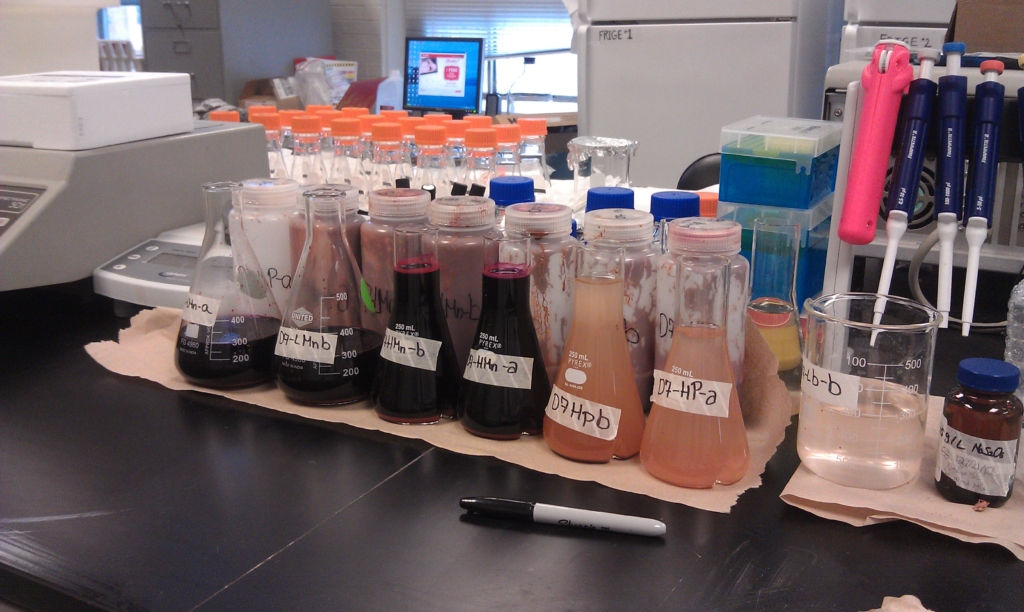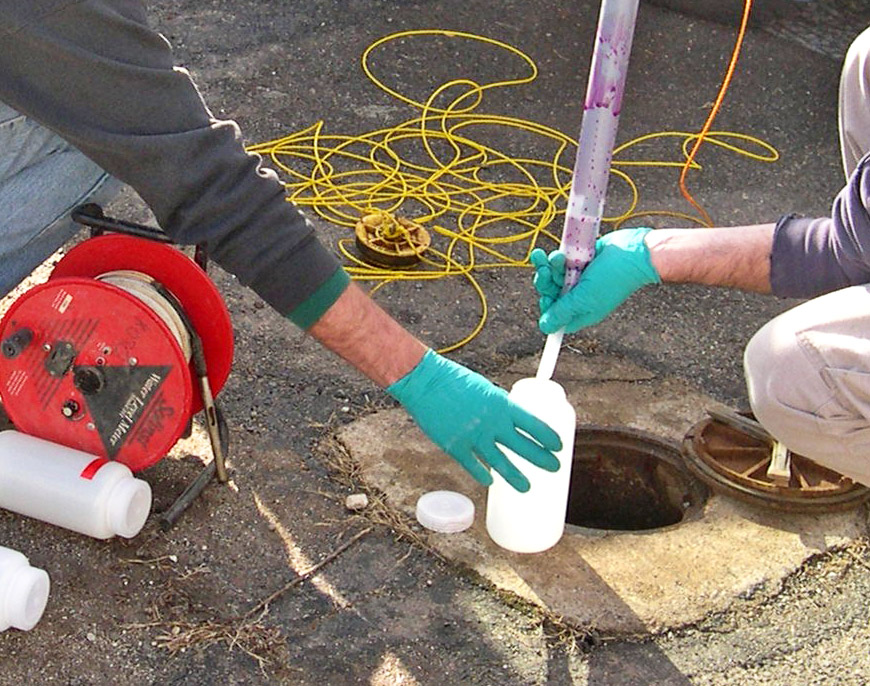Q&A: Emerging Contaminants
What recommendations are you providing your clients who need to treat emerging contaminants?
 Emerging contaminants, notably 1,4-dioxane and perfluorinated alkyl substances (PFAS), have unique physical and chemical properties that make them, for the most part, more difficult to treat by the mainstay tried-and-true technologies. In-situ techniques, such as air sparging, chemical oxidation and bioremediation have significant limitations, or must be applied in new and unique ways. Indeed, how to treat emerging contaminants is a strong focus of ongoing research.
Emerging contaminants, notably 1,4-dioxane and perfluorinated alkyl substances (PFAS), have unique physical and chemical properties that make them, for the most part, more difficult to treat by the mainstay tried-and-true technologies. In-situ techniques, such as air sparging, chemical oxidation and bioremediation have significant limitations, or must be applied in new and unique ways. Indeed, how to treat emerging contaminants is a strong focus of ongoing research.
 The key to remediating emerging contaminants is to establish whether treatment is even necessary. Regarding 1,4-dioxane, attenuation will occur, especially at the fringes of the plume, where aerobic conditions may exist. So, there is the potential that an MNA program will be sufficient. Active remediation is a trade-off between certainty, technical risk and cost. Chemical oxidation tends to provide more certainty, and utilizing an advanced oxidation process (AOP) in a pump and treat system is proven and dependable. In-situ chemical oxidation offers shorter duration and permanence, but is subject to issues of subsurface contact between the oxidant and the contaminant, plus multiple injections may be necessary. Finally, aerobic in-situ bioremediation offers the potential for lower costs, but the biological mechanisms may be finicky and unpredictable, creating risk of remedial performance issues.
The key to remediating emerging contaminants is to establish whether treatment is even necessary. Regarding 1,4-dioxane, attenuation will occur, especially at the fringes of the plume, where aerobic conditions may exist. So, there is the potential that an MNA program will be sufficient. Active remediation is a trade-off between certainty, technical risk and cost. Chemical oxidation tends to provide more certainty, and utilizing an advanced oxidation process (AOP) in a pump and treat system is proven and dependable. In-situ chemical oxidation offers shorter duration and permanence, but is subject to issues of subsurface contact between the oxidant and the contaminant, plus multiple injections may be necessary. Finally, aerobic in-situ bioremediation offers the potential for lower costs, but the biological mechanisms may be finicky and unpredictable, creating risk of remedial performance issues.
As for the PFCs, in-situ technologies are simply not available. Natural attenuation processes are slow or non-existent, as the dehalogenation of fluorine, unlike say, the chlorine in TCE, basically does not occur. We are then forced to focus on pump and treat. Granular activated carbon (GAC) is well established and cost-effective for lower concentrations, but at higher concentrations adsorptive resins, ion exchange and reverse osmosis come into play. These technologies tend to be more expensive and less sustainable.
The gauntlet of determining the cost-effective remediation technology for emerging contaminants requires an integrated understanding of the regulatory and technical, with a full appreciation of the technical risks coupled with a proactive regulatory strategy. This is what Langan brings to the table for our clients on emerging contaminants.
Answer provided by Stewart H. Abrams, PE, Principal/Director of Remediation Technology
Stewart Abrams has close to 40 years of experience in site remediation, groundwater remediation, Brownfields redevelopment, water treatment and engineering design. He is an expert in remedial technology, with particular emphasis on bioremediation, chemical oxidation/reduction technologies, soil vapor extraction and air sparging.
